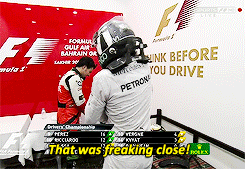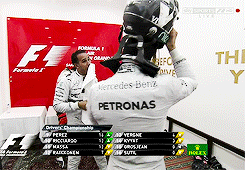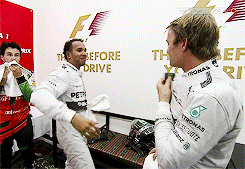Even if there isn't - aren't you going back a long way to prove a point? Senna raced up until '94 - That's been 20 odd years ago.Pierce89 wrote:Fair and square, you say. Before Senna, show me.
Personally, I think this talk is running in circles. If Hamilton hadn't used his advantage and closed the door (irregardless if some think this is dirty or not), he might as well just wave him through.
I can't imagine going back until the beginning of racing that there weren't example of people "closing the door on corner exit". I guess there is a point that this is somewhat exagerated now days seeing that most tracks have a huge run-off-area, but if you actually didn't have any, like in Monaco or Singapore, a driver on the attack would probably think twice before putting himself in a gap that is getting smaller and is bound to disappear (or on the other hand, the defending driver will think twice about pushing him into the wall).
What we see now is a direct result of having tracks with large run off areas, so a defending driver will likely squeeze a car more, knowing full well there are little to no consequences. This goes both ways, as the attacking driver, knowing the worst that can happen is that he leaves the track but with the potential to rejoin, might put himself in that spot, be full on the throttle and risk it. The situation applies to both defender and attacker, so I don't really think it's that big of a deal (on corner exit).
Obviously, it doesn't quite work if a defending driver squeezes to the inside, as once drivers have committed to a corner at a given speed, cutting of ones path to the inside will almost always result in a collision. Which is again, why, it is always beneficial to be on the inside of a corner when being on the attack (or defending). Rosberg (just as any driver in this position) knows this.







